Off the Beaten Tracks of Jende and Neni Jonga (“Behold the Dreamers”)
Written by Adam Omar (edited by Burkhard Lange)
Track Trip to Hamburg
On April 22nd, the Abitur class of 2026 from the Berufliches Gymnasium set off on an exciting trip to Hamburg, one of Germany’s most vibrant cities. With a packed schedule, plenty of curiosity, and enough time to explore the city on our own, we were ready to discover new places, learn about emigration history, and experience the unique atmosphere that makes Hamburg so special. From visiting a fascinating museum to enjoying our free time in the city, the day promised a wealth of impressions — and it certainly didn’t disappoint.
Emigration Museum on Veddel Island
We made our way to the Hamburg Emigration Museum (BallinStadt) by train — and before we knew it, we were there. After a brief stop in Bremen, we boarded the train to Hamburg-Harburg. From there, we took the S-Bahn straight to Veddel Island.
Arriving at the museum, we were greeted by the welcoming green space in front of the building and the historically inspired premises of BallinStadt. While waiting outside, we enjoyed the fresh air and took in the surroundings.
Soon after, our English-speaking guide Bé Smeets welcomed us and led us into a presentation room. We listened attentively as Bé introduced the museum’s history, focusing especially on Albert Ballin and his important role in European emigration. His brief yet informative talk gave us a solid foundation for our museum visit.
Building 1, Building 2, Building 3…
Equipped with task sheets and a list of questions, we began our tour in Building 1 (“Hafen der Träume”), where we learned about Hamburg 120 years ago — a time when millions of people set off from this very port in search of a better life in the “New World.”
Albert Ballin, director of the HAPAG shipping company, played a crucial role by providing safe and humane accommodation for emigrants before their departure. The exhibition illustrates how the emigration halls on Veddel Island became a vital part of Hamburg’s identity.
In Building 2 (“Welt in Bewegung”), we explored the broader topic of global migration. In fourteen themed rooms filled with personal stories, we discovered the reasons why people left their homes and the challenges they faced while starting new lives abroad. We studied push and pull factors and saw how migration shaped societies like the USA. Digital stations allowed us to insert access cards and follow the simulated paths of individual emigrants. This interactive element helped us better understand the challenges faced by fictional characters like Jende and Neni Jonga in Imbolo Mbue’s novel Behold the Dreamers.
In Building 3, we visited a special exhibition about Albert Ballin himself, explored the museum shop, and even had the chance to research our own family histories using the digital archive. Throughout the visit, our worksheets helped us stay engaged and dig deeper into the powerful stories on display.
Big City Life
After finishing our tour, our teachers gave us time to explore Hamburg on our own in small groups. Everyone used the time differently: some went shopping, others wandered through the city streets, and a few even queued for over an hour to try the famous “Honest Döner,” a local culinary highlight.
This part of the trip gave us a chance to see Hamburg from a different perspective and compare it with life in Delmenhorst. The contrast was striking: Hamburg felt bigger, louder, and more dynamic. Its maritime identity — with the harbor, ships, and bridges — adds a constant sense of motion. The city is steeped in history, yet it feels young and modern. Compared to the quieter, smaller Delmenhorst, Hamburg is full of energy, impressions, and opportunities around every corner.
Homecoming
After a full and rewarding day, we returned to the train station and headed back home. Some of us were completely exhausted from all the walking and exploring, while others still had energy to share stories and impressions. Regardless of how we felt physically, everyone agreed: it had been a fantastic trip. We came back to Delmenhorst with lasting memories and new insights — not only into migration history, but also into ourselves and the world around us.



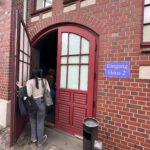

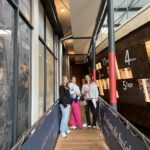
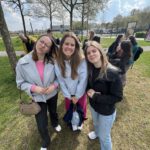
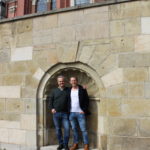
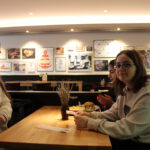
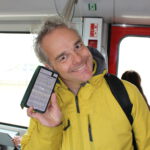
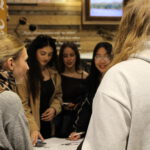
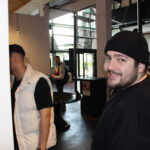
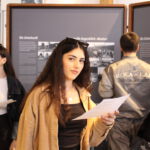
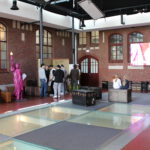
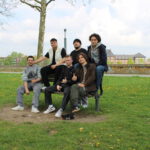
Kommentare werden nicht zugelassen.